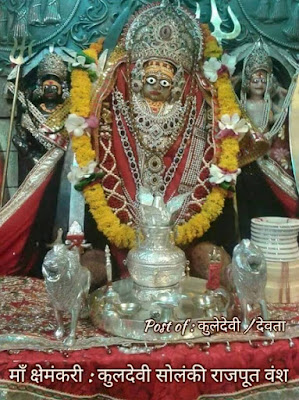Nikumbh Rajput
Nikumbh Rajput
Rājpūt, Nikumbh.—The Nikumbh is given as one of the thirty-six royal races, but it is also the name of a branch of the Chauhāns, and it seems that, as suggested by Sherring,1 it may be an offshoot from the great Chauhān clan. The Nikumbh are said to have been given the title of Sirnet by an emperor of Delhi, because they would not bow their heads on entering his presence, and when he fixed a sword at the door some of them allowed their necks to be cut through by the sword rather than bend the head. The term Sirnet is supposed to mean headless. A Chauhān column with an inscription of Rāja Bisal Deo was erected at Nigumbode, a place of pilgrimage on the Jumna, a few miles below Delhi, and it seems a possible conjecture that the Nikumbhs may have obtained their name from this place.2 Mr. Crooke, however, takes the Nikumbh to be a separate clan. The foundation of most of the old forts and cities in Alwar and northern Jaipur is ascribed to them, and two of their inscriptions of the twelfth and thirteenth centuries have been discovered in Khāndesh. In northern India some of them are now known as Rāghuvansi.3 They are chiefly found in the Hoshangābād and Nimār Districts, and may be connected with the Rāghuvansi or Rāghwi caste of these Provinces.[457]







